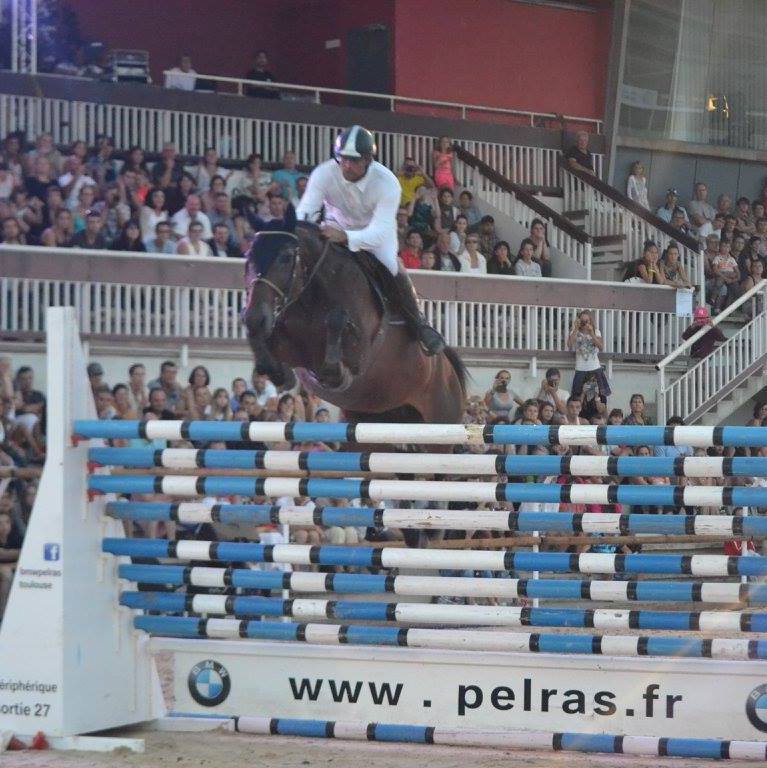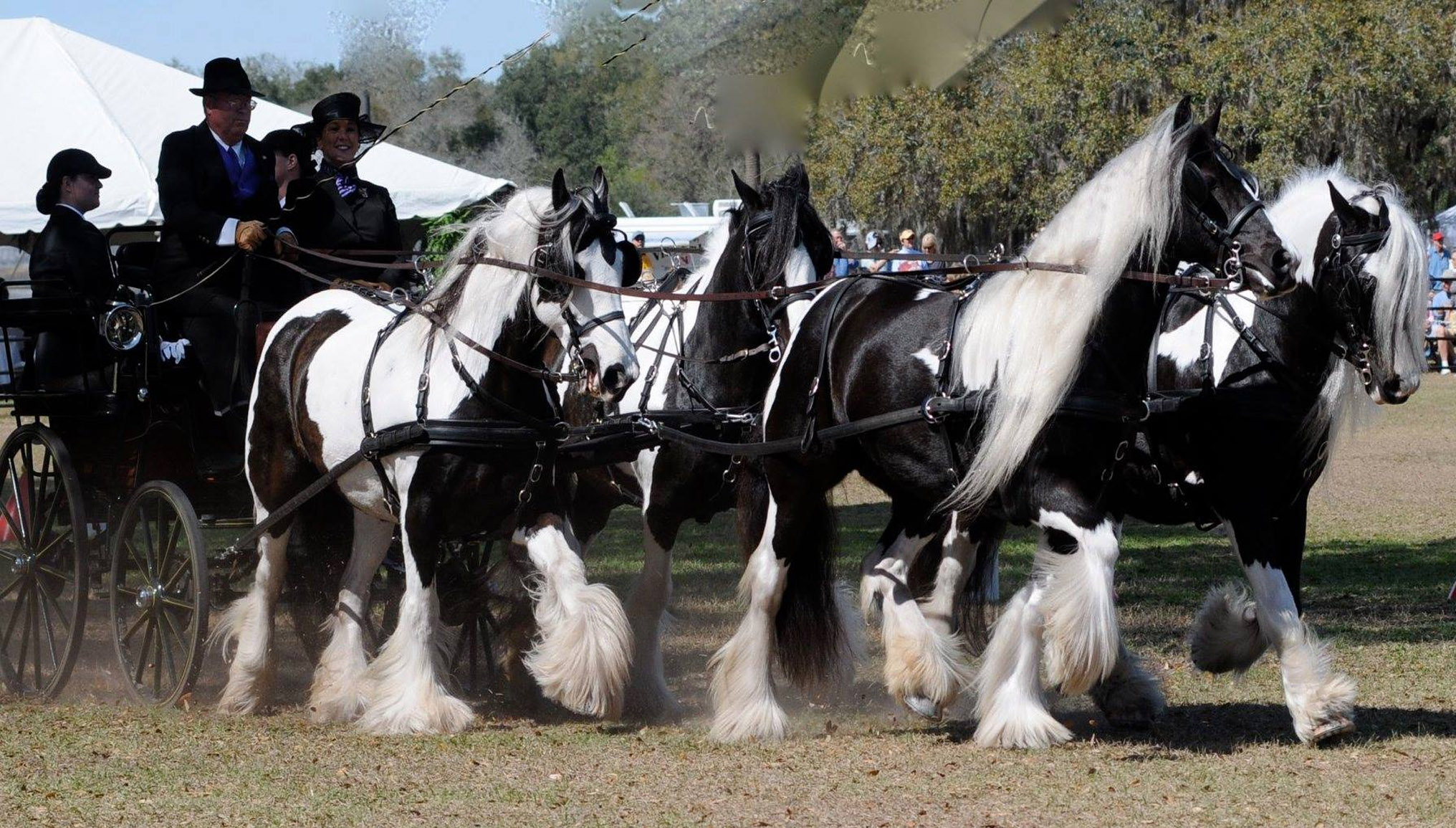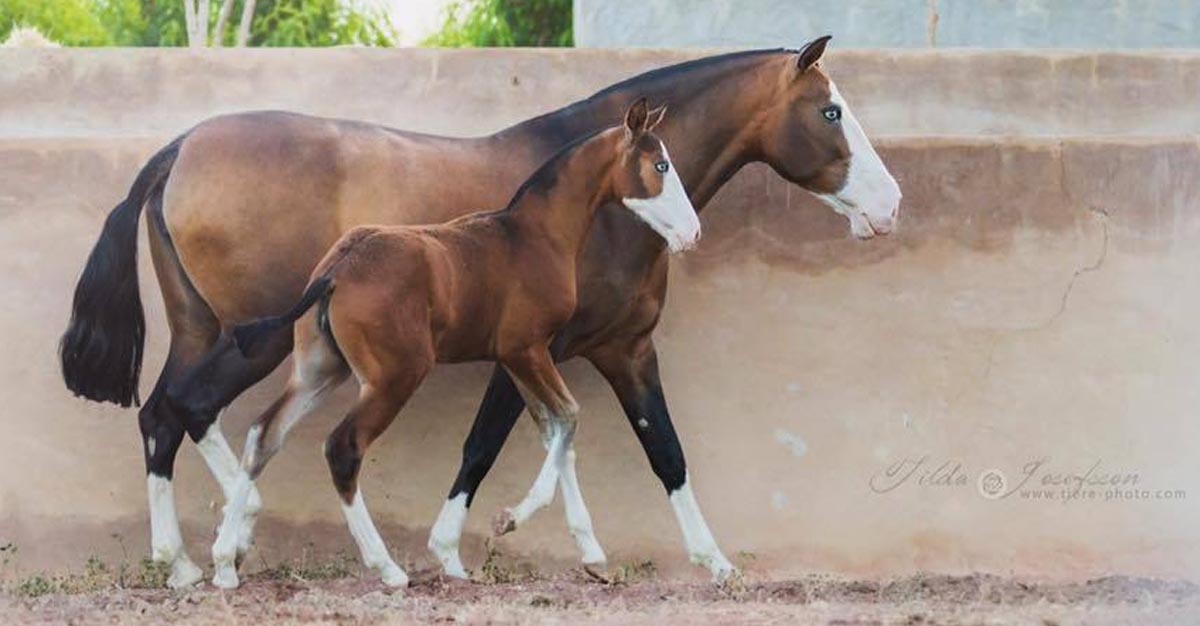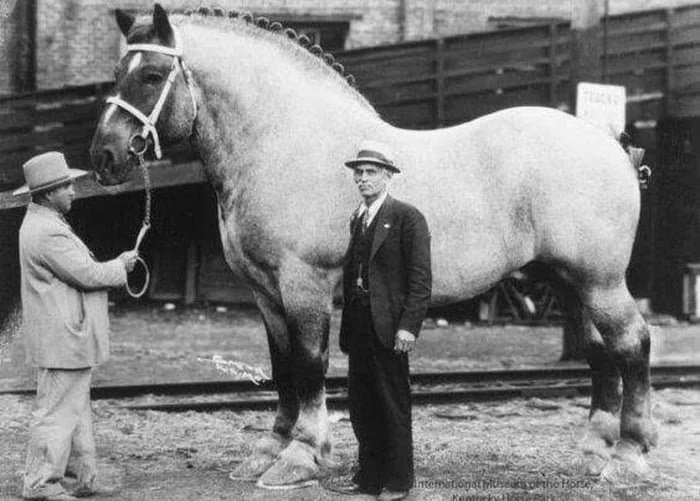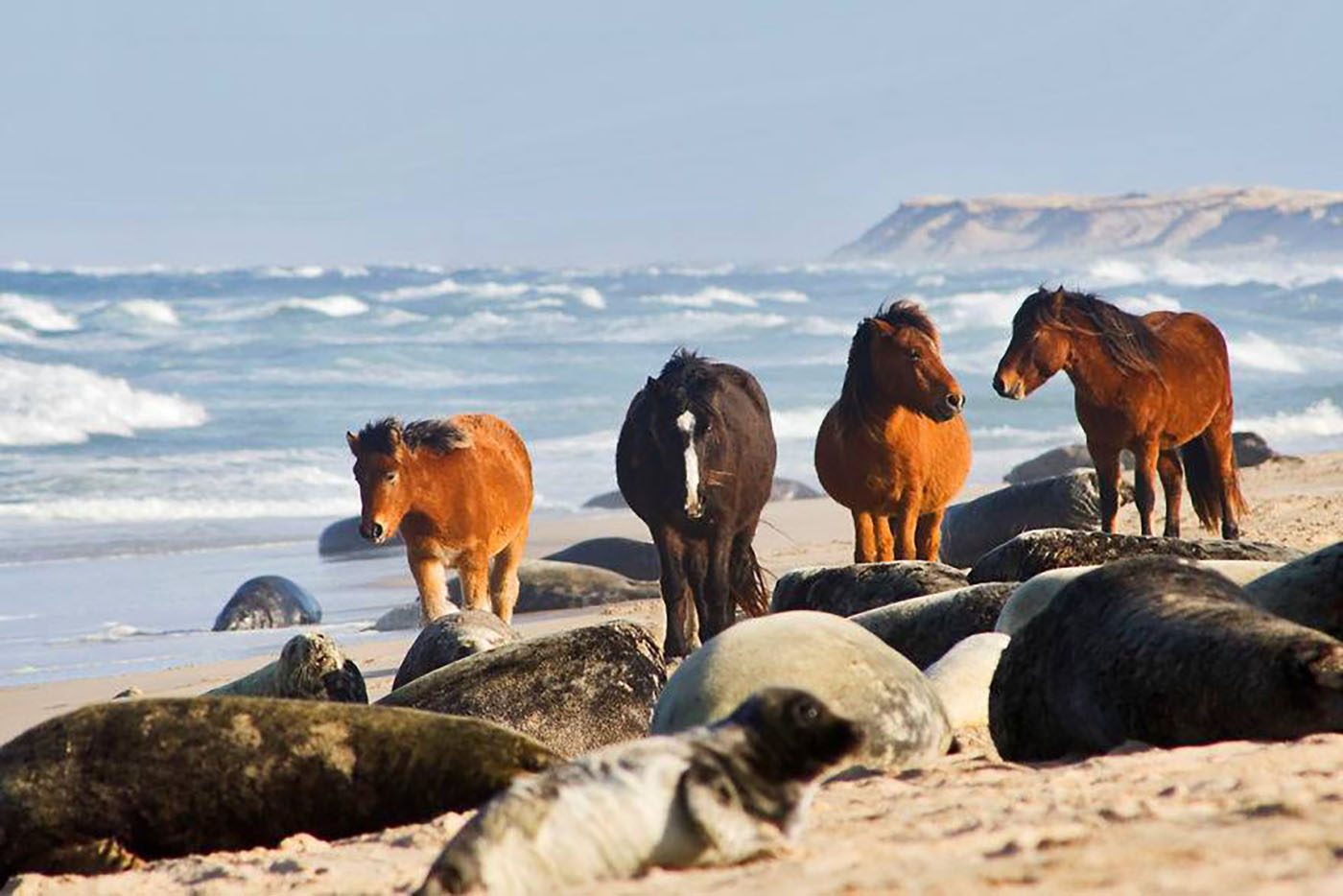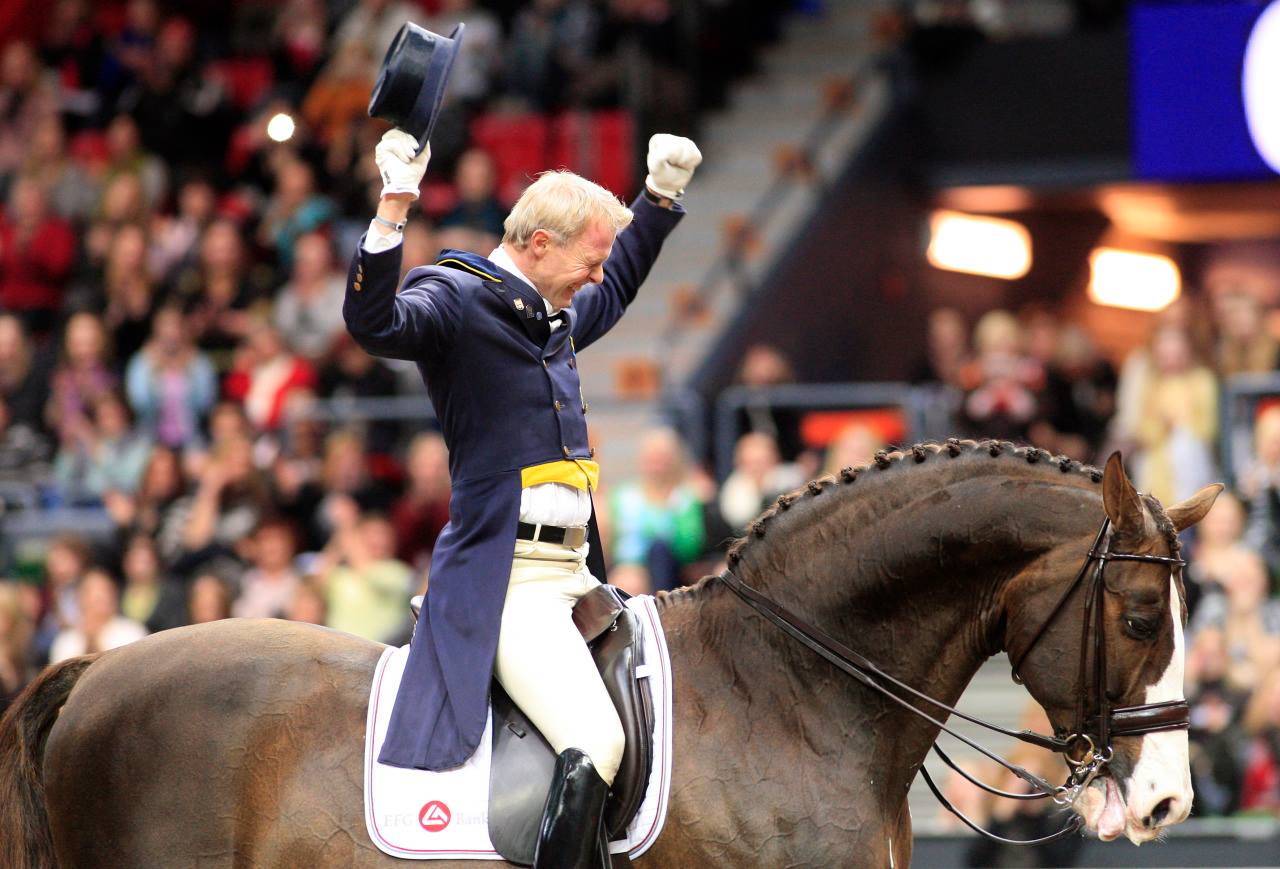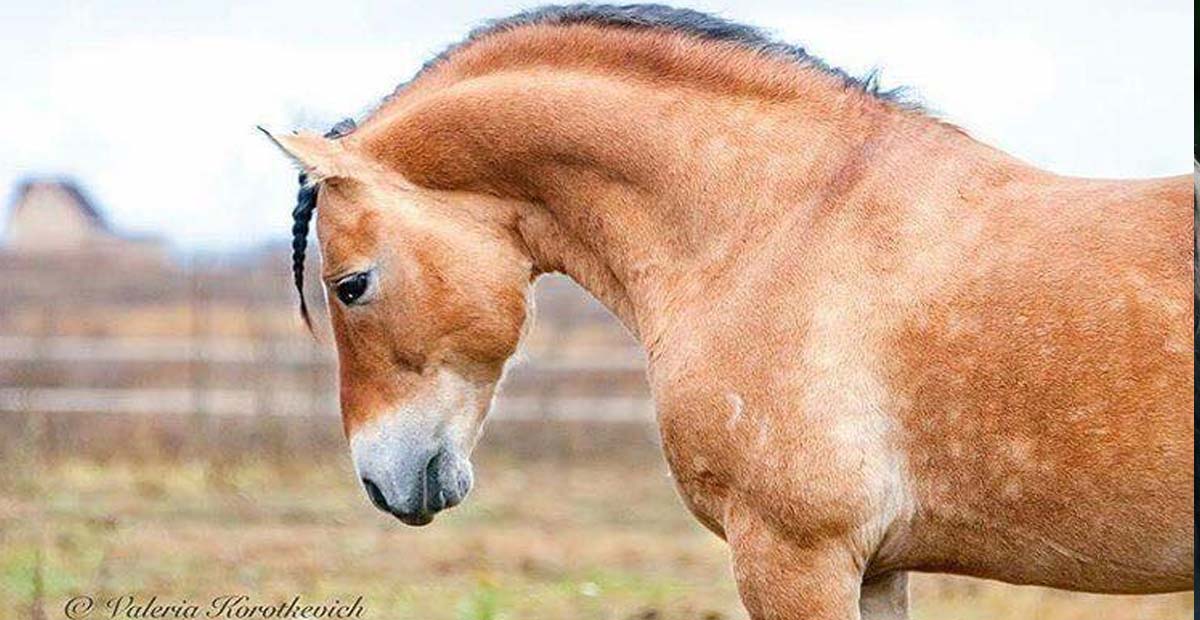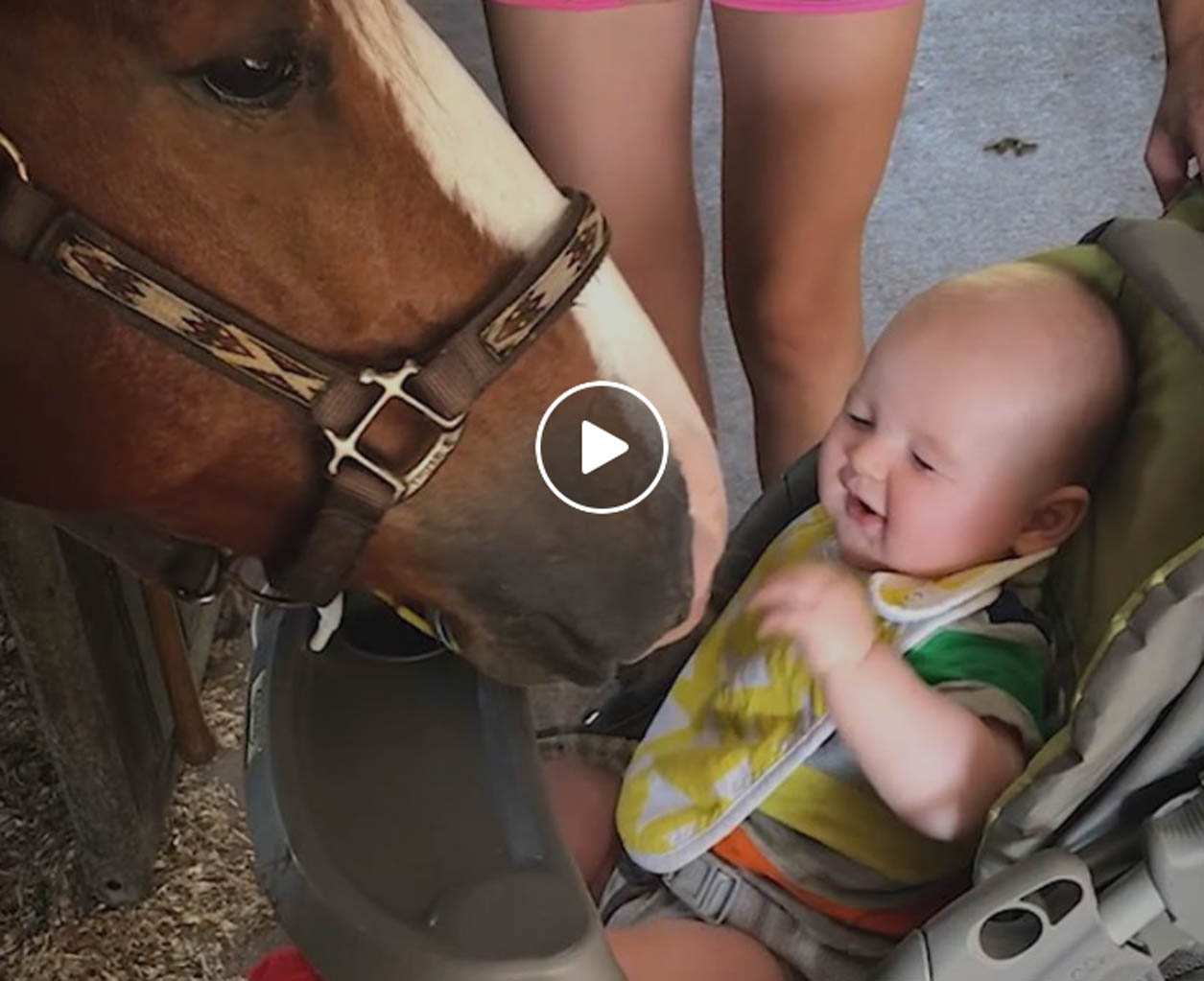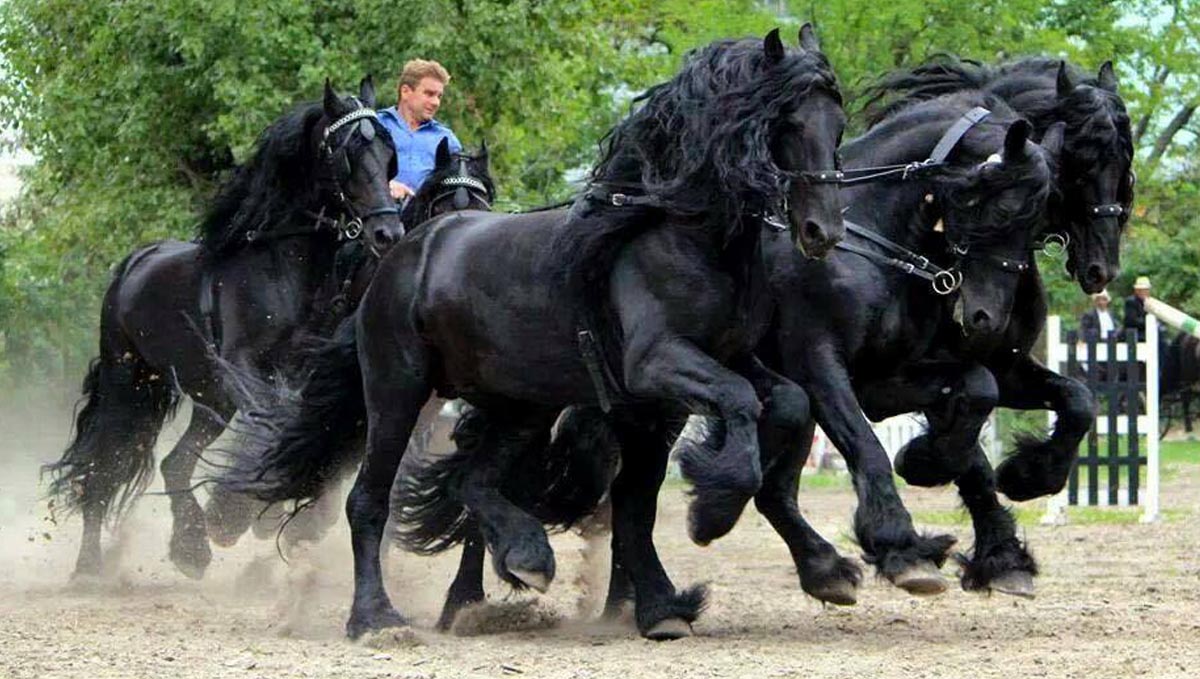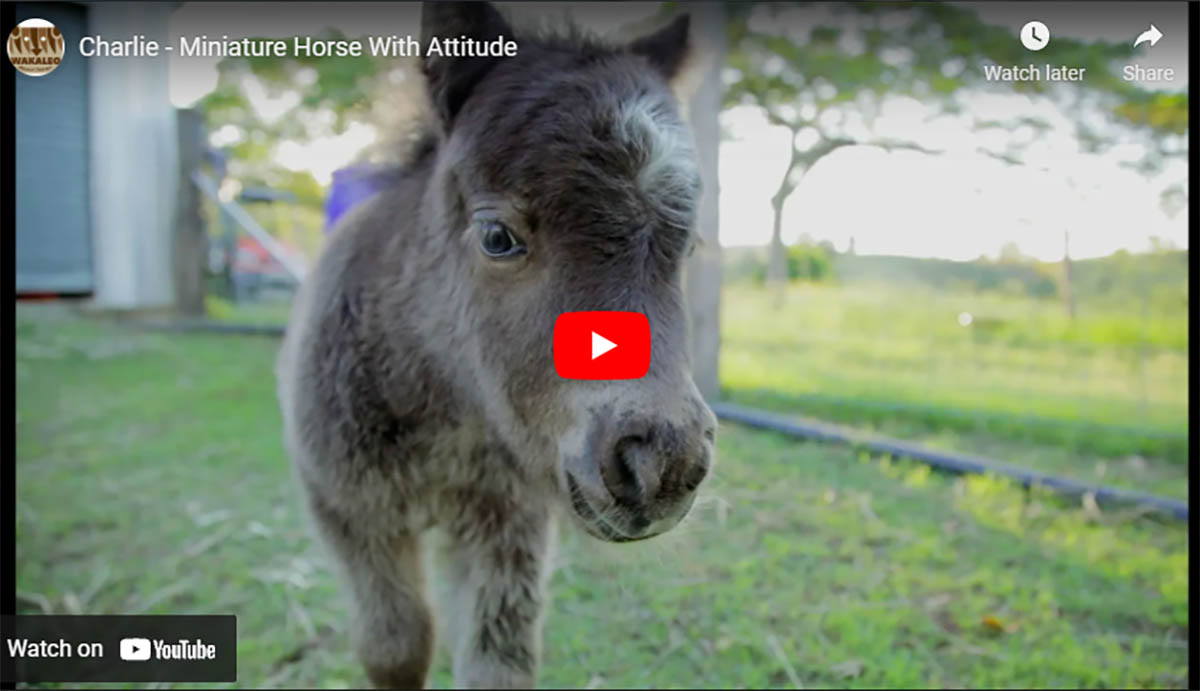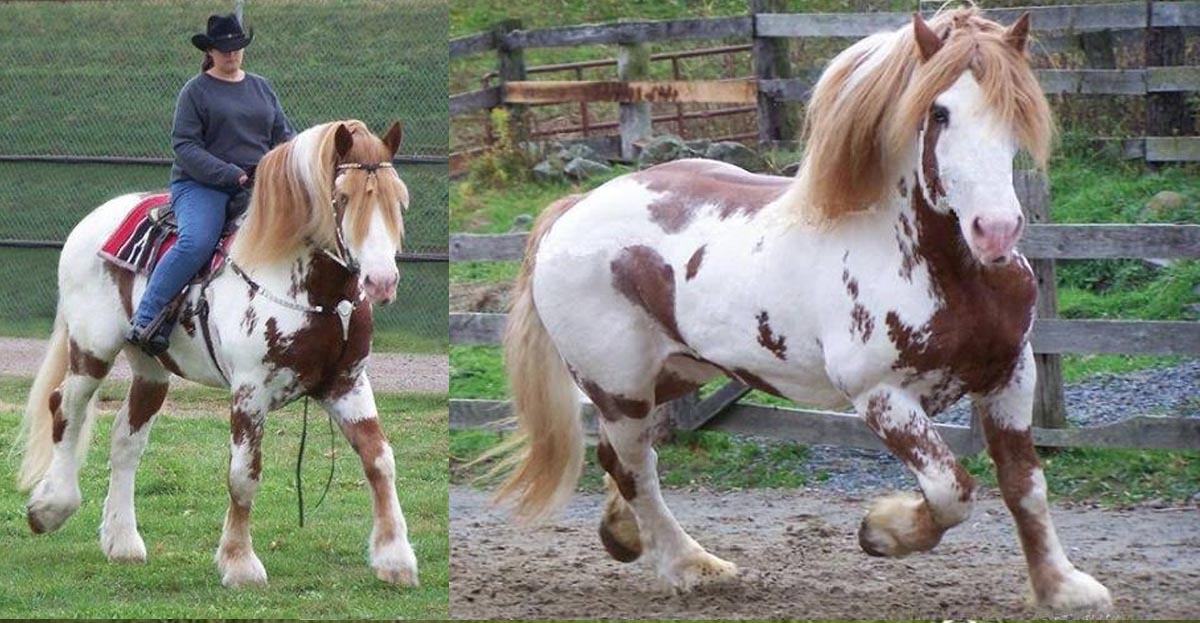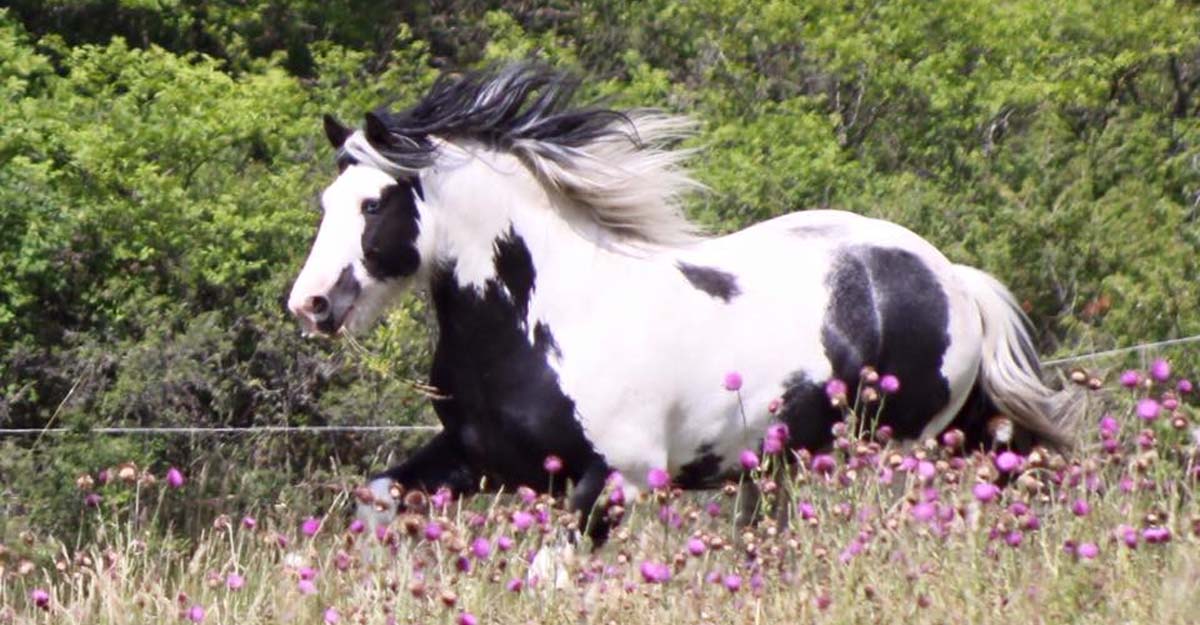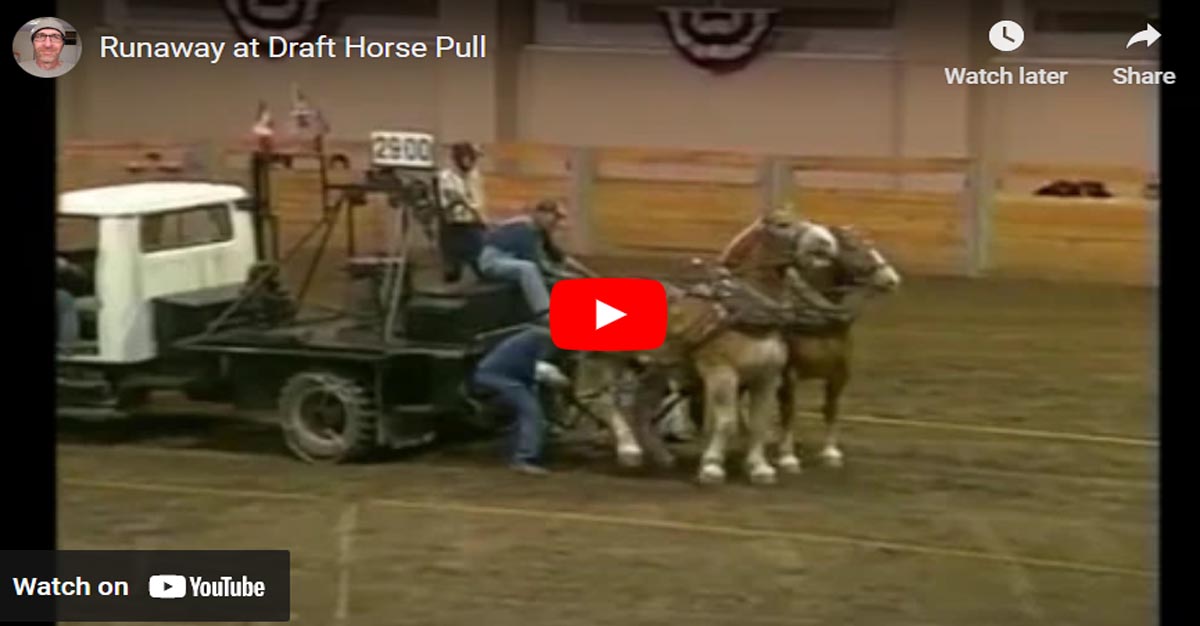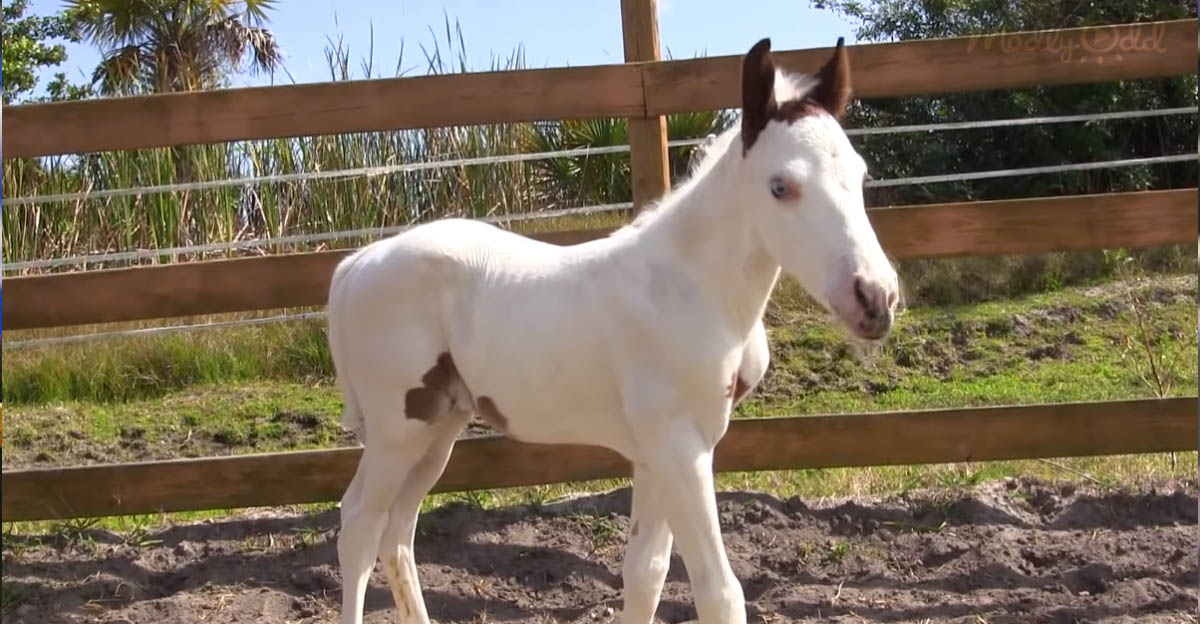Electrolytes For Horses
Electrolytes For Horses
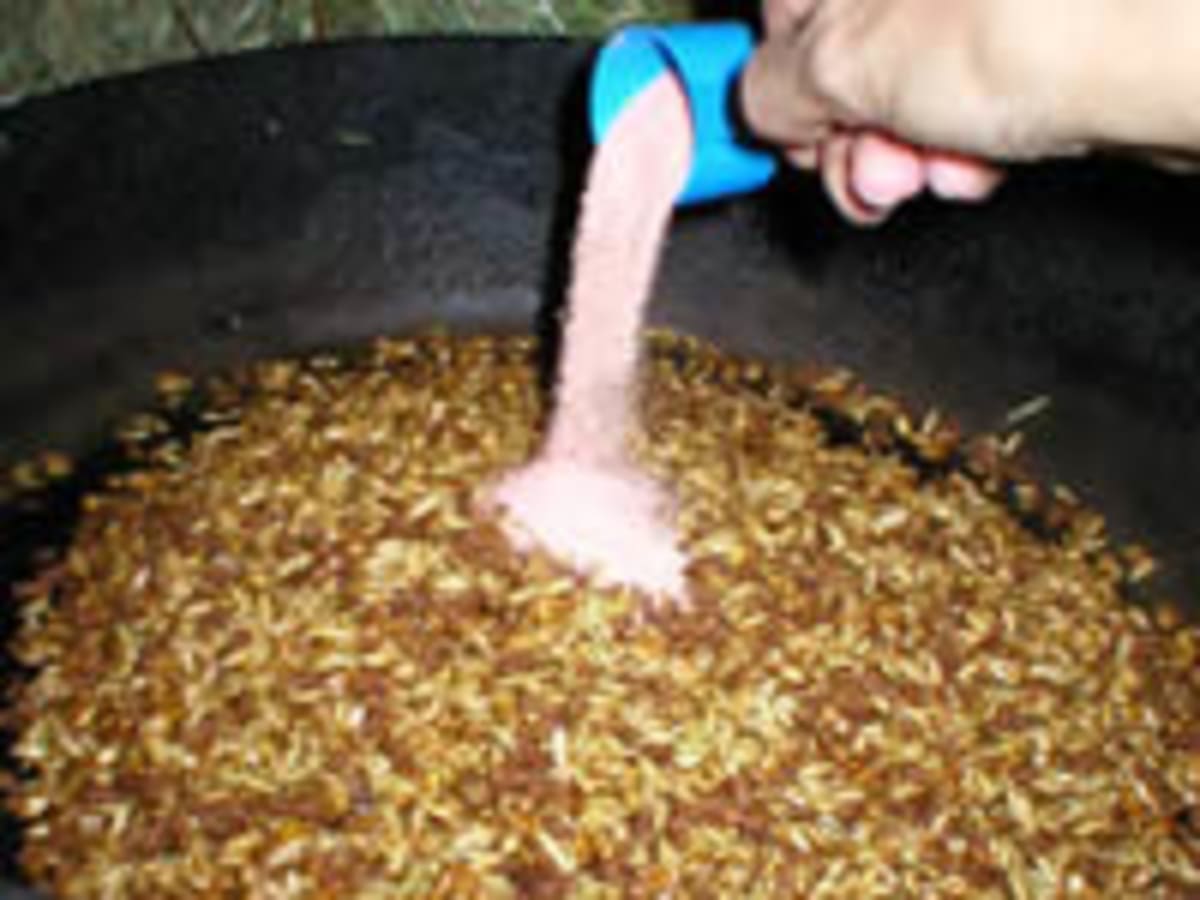
What are some of the minerals found in a horse`s sweat? Although sweat plays a critical part in thermoregulation, it does have a downside. Sweat contains sodium (Na), chloride (Cl), potassium (K), calcium (Ca) and magnesium (Mg), collectively known as electrolytes. Horse sweat contains 3 times the Na and Cl and up to 10 times the K found in human sweat. This is one reason electrolyte products designed for humans, e.g. Gatorade, are not great choices for horses. Do you have your horse`s electrolyte product picked out? Electrolytes are necessary for a variety of biological process and can pose problems if not replenished Keeping Your Horse Hydrated Summer season is an ideal time to ride or work your horse. But dehydration can pose as a great danger to any living being. Providing an adequate supply of palatable water is a huge factor in avoiding dehydration. However, water is only part of the answer. For the horse`s body to hold onto the required amount of water, electrolyte levels must be correct. Sodium, potassium, and chloride are the major equine electrolytes, which are frequently lost in sweat. In hot weather, it is important to keep this in mind and try to provide your horse with extra electrolytes. Here are a few simple steps that can improve your horse`s water and electrolyte status in the heat: -Do not rely on salt intake from licking. Add salt directly to meals and/or mix in water and spray on hay -Feed about 2 ounces of plain salt or an electrolyte product daily -Always let your horse drink freely during exercise lasting longer than two hours and immediately after stopping work. Research has shown horses that have their water access restricted while cooling out do not drink as much in total as horses with unrestricted water access -Choose an electrolyte product that has approximately twice as much sodium as potassium and twice as much chloride as sodium -Choose an electrolyte sweat replacement supplement close to a potassium:sodium:chloride ratio of 1:2:4. Horses consuming generous forage can often use a supplement with lower potassium levels Horses lose electrolytes through sweat, particularly in hot, humid conditions or during extended periods of work. Supplementing a horse with electrolytes encourages the horse to intake more water to maintain hydration. ELECTROLYES for a HOT SUMMER This summer has already started out hot. Our horses diets need to be balanced. But even after they`re balanced hard work and lots of sweat creates a need for additional electrolytes. In general you will need one ounce of electrolytes for every hour of work after the first hour. An electrolyte product should have calcium, magnesium, potassium, sodium, and chloride in it. It should not have a lot of fillers. A little dextrose is necessary to enhance the absorption of the electrolytes. What do electrolytes do? Electrolytes are present throughout the body. Body cells can not function or survive on pure water that is why blood and sweat are salty. So when a horse sweats it is loosing water and electrolytes. Electrolytes pass in and out of cells transporting electrical charges making muscle action possible, they trigger nerve function, they facilitate the transfer of energy within cells, and prevent dehydration. Some outward signs of dehydration are: 1. dry reddish mucous membranes inside the horses nose and mouth. 2. A red color of the mucous membrane under the eyelid of the horse. A pinkish to pinkish-yellow color is normal. Learn what color your horse is normally by examining him. 3. Dull and sunken eyes with or without wrinkled eyelids caused by the shrinking of fat around the eyeballs. A glazed look in his eye showing a dry cornea. Normally it is moist, bright, sharp, and clear. 4. Sweat that becomes thicker and lathered such as that of a soft horse. 5. A rise in body temperature, and increase in heart rate that does not return to normal quickly after exercising has stopped. 6. Shallow panting, muscle tremors, and weakness, depressed attitude and weak pulse. Some quick tests to tell dehydration: 1. Pinch Test – pull out a pinch of skin at the point of shoulder, it should spring right back into place. If it stands out longer than normal he has lost some body fluids. 2-3 seconds is moderate dehydration and 6-10 seconds before the skin retracts means severe dehydration. Practice and get to know what is normal for your horse. 2. Capillary Refill Test – press your finger on your horses gum. As soon as you remove your finger the blood should come right back. The pale spot should disappear in less than 3 seconds. The more dehydrated the horse becomes the slower the refill time. Now not all electrolytes are the same for every horse. If your horse is a racehorse or other short burst type work your electrolyte should have some sodium bicarbonate in it. This will help a little with the lactic acid build-up in the horses body. But if you are doing endurance riding your electrolyte should not have any sodium bicarbonate in it as the condition eliminates the build-up of lactic acid. When do you begin feeding your horse electrolytes? |






